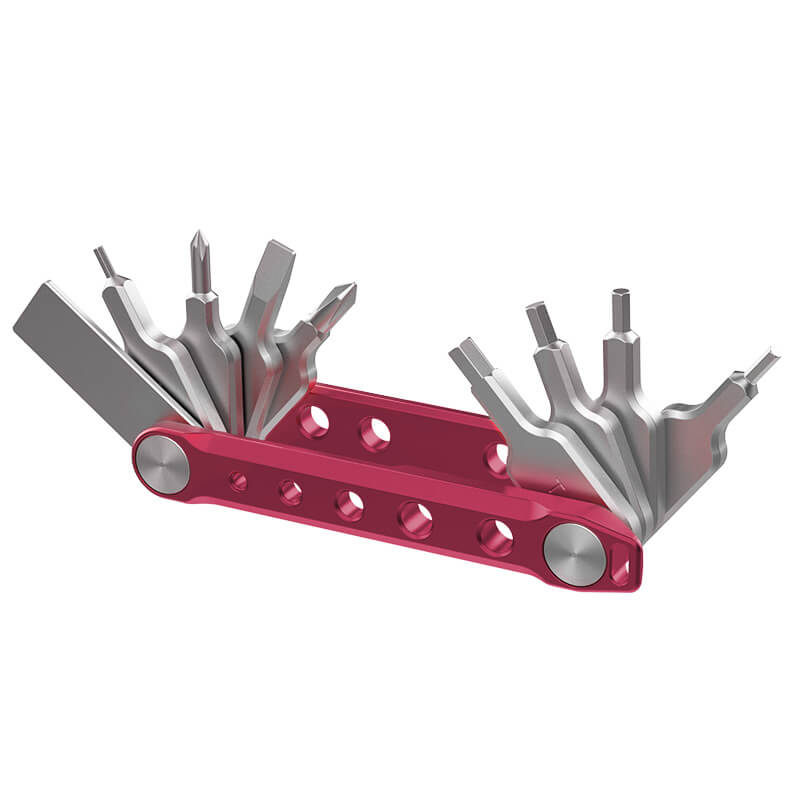Gone are the days when taking great photos required an expensive camera and extensive technical know-how. Today, anyone can capture stunning images with just a few taps on their smartphone—thanks to amazing advances in technology. But how do you get the most out of your smartphones to take the best photos? That's a problem. This article aims to answer that question and offer practical tips to improve your photography skills, boost photo quality, and make photography a more enjoyable experience overall.

Advantages of smartphone photography
Easy to use at any time
Smartphones are generally within easy reach, allowing you to quickly capture spontaneous moments without having to carry a bulky camera. Most camera apps have user-friendly interfaces that make it easy for anyone to take great photos instantly.
Quick and easy approval

Smartphone photography allows for instant sharing across multiple platforms, including social media and messaging apps. This instant access means special memories can be shared instantly, creating connections and interactions with friends and family.
Multifunctional use
Smartphones are multifunctional devices that offer many features beyond just photography. They can capture photos, videos, and Live View, offering various ways to document experiences. Most camera apps also offer different modes such as Portrait, Night Scene, and Panorama, allowing users to explore their creative possibilities without the need for additional equipment.
Limitations of mobile phone photography
Image quality: smartphones vs. cameras
A key difference lies in the sensor size. While smartphones have improved significantly, they still generally have smaller sensors than dedicated cameras, which can affect image quality, especially in low-light conditions. In addition, smartphones often lack a optical zoom, but instead use a digital zoom, which may result in lower resolution and clarity.
Low-light performance
Smartphone cameras often have problems in low light conditions. The smaller sensor size causes higher image noise, resulting in grainy images. Additionally, many smartphones lack extensive manual exposure control options, making it difficult for users to adapt to challenging lighting conditions.
Missing advanced features
While smartphones are getting better and better, they still can't compete with the advanced features of professional cameras. Manual controls may be either simplified or nonexistent. This can make it difficult to achieve certain effects like selective focus or depth of field. The lack of advanced options can limit the creativity of those who dabble in complex techniques.
11 smartphone photography tips for better photos
#Tip 1: Clean the lens
Before taking photos, make sure your camera lens is clean. Dirt, smudges, and fingerprints can significantly affect image quality. A quick wipe with a soft, lint-free cloth can make all the difference in achieving clearer, sharper photos.
#Tip 2: Use natural light

Natural light is one of the best friends in mobile photography. It brings out the colors and details in photos without the harshness of artificial lighting. Take advantage of the golden hour—the time just after sunrise or before sunset—when the light is softer and warmer. Shooting outdoors or near windows is a great way to capture images with plenty of light.
#Tip 3: Experiment with the composition
A good composition can transform an ordinary photo into something special. Learn the Know the rule of thirdsby enabling grid lines in your camera settings. This technique involves dividing the image into three equal horizontal and vertical sections, and placing points of interest along these lines or at their intersections. Additionally, consider using leading lines, symmetry, and framing techniques to guide the viewer's eye and create a more striking image.
#Tip 4: Pay attention to backgrounds
The background plays a crucial role in photography. A busy or distracting background can draw attention away from your subject. Keep it simple by choosing unobtrusive backgrounds that complement the main subject rather than compete with it. Consider using blurred backgrounds to isolate your subject and create a more professional look.
#Tip 5: Use editing apps
Many smartphones have built-in editing tools, but downloading additional apps can offer even more options. Look for apps that offer features like cropping, color correction, brightness adjustment, and filters. Even simple edits can transform an average photo into a stunning image.
#Tip 6: Explore different perspectives

Get creative with your angles! Experimenting with high and low perspectives can add depth and variety to your photos. For example, a low-angle shot can emphasize the size and presence of your subject, while a bird's-eye view can provide unique context.
#Tip 7: Use grid lines
Enabling grid lines can help improve composition and balance in your photos. The grid helps align subjects and maintain symmetry, and it makes it easier to apply the rule of thirds. Using grid lines can result in more visually appealing images and, over time, lead to better framing habits.
#Tip 8: Manual focus
Sharp focus is crucial for a high-quality photo. Most smartphone cameras have autofocus, but manual focusing can produce better results, especially in difficult lighting conditions or busy scenes. Tap the subject you want to focus on. Make sure it stands out from the background.
#Tip 9: Take multiple photos

When capturing a moment, take multiple shots. This method increases the likelihood of getting the perfect image. Then, review your photos and select the best one for editing and sharing. Taking multiple shots also allows you to experiment with different angles and facial expressions.
#Tip 10: Practice, practice, practice
The key to improving any skill, including cell phone photography, is practice.Take time to shoot regularly, discover new subjects, and try out different techniques. Review past photos to find areas for improvement. The more you experiment and learn, the more your photography skills will grow.
#Tip 11: Use mobile phone accessories
Using accessories can take your phone photography to the next level.
- Cell phone cages and holders: Use a mount like the Ulanzi MG-001to stabilize the phone and enable creative shooting angles. This accessory keeps the phone steady while recording video or taking photos and reduces camera shake.
- Cell phone tripod: A tripod ensures steady shots and enables creative compositions without having to hold the phone. Ulanzi MT-44 Extendable Vlog Tripod is a good choice. A tripod allows for longer exposure times to capture more light and detail for night shots. A tripod is also useful for group selfies. It provides stability and gives everyone involved time to get into position before the photo is taken.
- Selfie sticks: As opposed to TripodsWhile stable but limit mobility, selfie sticks offer flexibility in camera positioning for wider viewing angles and unique perspectives. The Ulanzi Go-Quick II 1.5m Magnetic Quick Release Extension Selfie Stick takes this versatility to the next level—it features a 6-section pole that extends up to 1.5 meters, making it easier to capture those stunning shots from different heights and angles. Selfie sticks are also lightweight and portable, making them easy to take with you when traveling or outdoors. They can be set up quickly, unlike fixed mounts that require more time.

- Cell phone lenses: Could you equip your smartphone with external lenses to enhance your photography skills? Wide-angle lenses allow you to capture more of the scene, making it easy to capture a stunning landscape or group photo. Macro lenses, on the other hand, are ideal for close-up shots, allowing you to capture tiny details of flowers, insects, and everyday objects that might otherwise go unnoticed. Ulanzi Phone Camera Lens 4-in-1 Phone Lens Kit you can enjoy versatile shooting options without dark corners or vignetting!
Conclusion
Mobile phone photography offers a number of advantages, including easy access, convenience, and versatility. While there are limitations compared to professional cameras, using effective techniques can significantly impact the quality of your photos. From leveraging natural light to using creative accessories, these eleven tips can help anyone become a better smartphone photographer.
Read more
- How to shoot better videos with your iPhone
- The ultimate guide to choosing the best phone tripod mount






